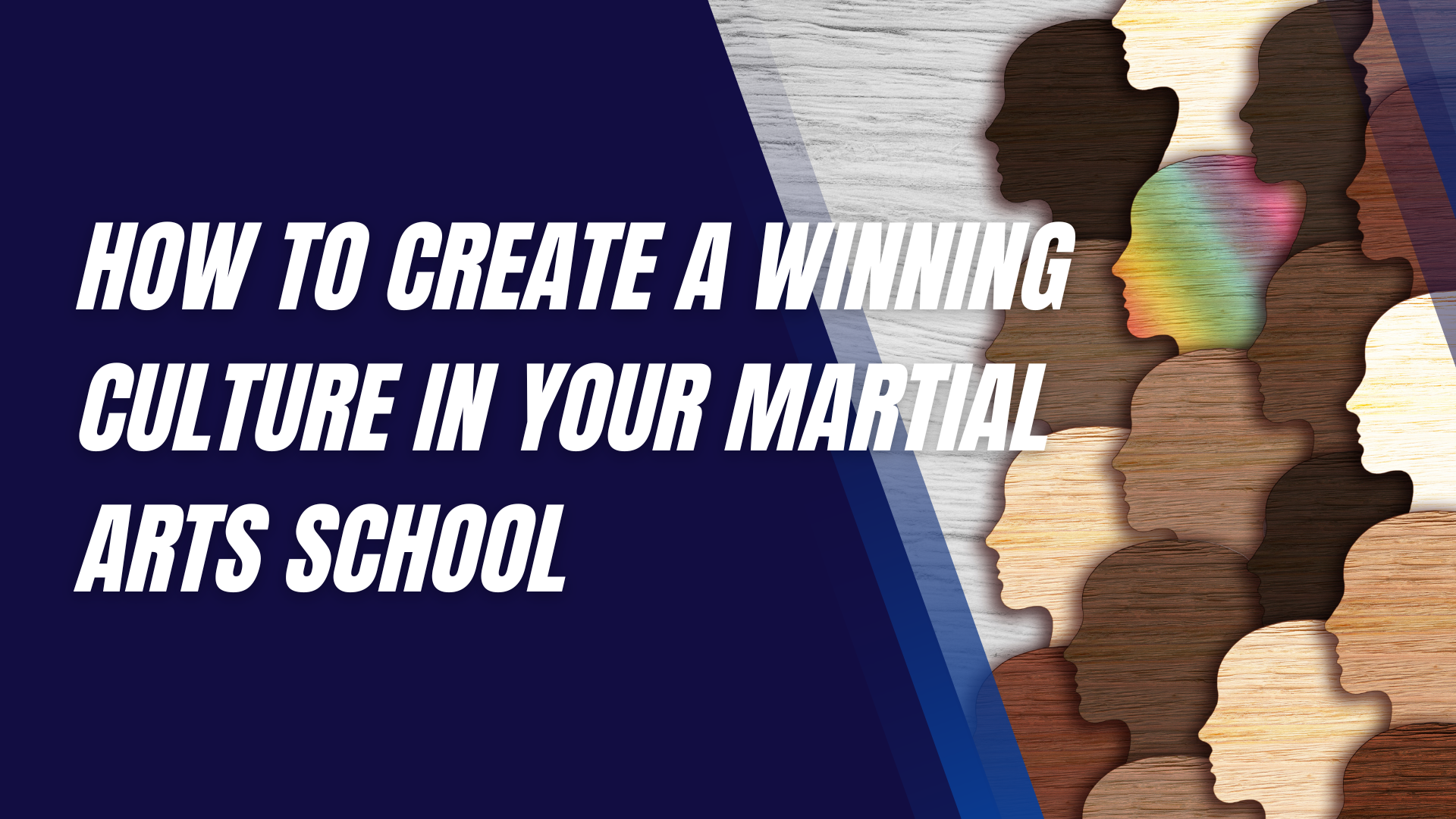The Introduction of Martial Arts to the Olympics
The Olympics are the pinnacle of athletic achievement, showcasing a diverse range of sports from around the globe.
Among these sports, martial arts hold a special place, blending physical prowess with deep cultural roots. The journey of martial arts into the Olympic Games is a fascinating tale of tradition meeting modernity, marked by passion, perseverance, and occasional controversy.
A Brief History of Martial Arts
Origins and Early Development
Martial arts have ancient origins, with forms such as wrestling and boxing depicted in early cave paintings. These combat systems evolved for self-defense, hunting, and military training. Different cultures developed unique styles, from China's Kung Fu to Japan's Judo, each reflecting local philosophies and traditions.
Spread and Cultural Significance
As martial arts spread globally, they became more than just combat techniques. They evolved into disciplines that promote physical fitness, mental fortitude, and ethical conduct. Schools and dojos worldwide teach martial arts not just as sports, but as ways of life, emphasizing respect, discipline, and self-improvement.
The Olympic Games: An Overview
Ancient Olympics
The ancient Olympic Games, held in Olympia, Greece, were a celebration of physical achievement and religious devotion. Events like pankration, a blend of boxing and wrestling, were early examples of martial arts in competitive sport.
Modern Olympics
Revived in 1896, the modern Olympics have grown into a global phenomenon, featuring a wide array of sports. The inclusion of new disciplines reflects changing societal interests and the expanding scope of the Games.
Martial Arts and the Olympics: A Long Journey
Early Attempts to Include Martial Arts
Efforts to introduce martial arts into the Olympics began in the early 20th century. Enthusiasts and practitioners lobbied for recognition, highlighting the sports' rich histories and widespread appeal.
Challenges and Controversies
Despite these efforts, martial arts faced numerous hurdles. Debates over standardizing rules, ensuring safety, and addressing cultural differences slowed the process. Additionally, the sheer diversity of martial arts complicated their inclusion.
Pioneering Martial Arts in the Olympics
Judo: The First Martial Art in the Olympics
Judo, developed in Japan in the late 19th century by Jigoro Kano, became the first martial art to be included in the Olympics in 1964. Its focus on technique, discipline, and respect made it a suitable candidate for the Games. Judo's inclusion marked a significant milestone, paving the way for other martial arts.
Taekwondo: A New Addition
Taekwondo, a Korean martial art known for its dynamic kicks and strategic fighting style, was included in the Olympics in 2000. Its global popularity and structured competition format helped secure its place in the Olympic program.
The Process of Inclusion
Criteria for a Sport to be Included
The International Olympic Committee (IOC) has specific criteria for including new sports. These include global popularity, well-established rules, and a structured international federation. The sport must also promote the Olympic values of excellence, respect, and friendship.
The Role of International Federations
International federations play a crucial role in standardizing rules, organizing competitions, and promoting their sports. For martial arts, federations like the International Judo Federation and World Taekwondo have been instrumental in gaining Olympic recognition.
Impact of Martial Arts in the Olympics
Popularity and Viewership
Martial arts have significantly boosted Olympic viewership, attracting audiences from diverse backgrounds. The thrilling displays of skill, strategy, and endurance captivate fans, enhancing the overall appeal of the Games.
Promoting Cultural Heritage
Including martial arts in the Olympics also promotes cultural heritage. It introduces viewers to the histories and philosophies behind these disciplines, fostering greater appreciation and understanding of different cultures.
Controversies and Criticisms
Commercialization of Martial Arts
One major criticism is the commercialization of martial arts. Some purists argue that Olympic inclusion prioritizes entertainment and profit over tradition and authenticity, potentially diluting the essence of martial arts.
Traditional vs. Modern Perspectives
There is also a tension between traditional and modern perspectives. While some embrace the evolution of martial arts within the Olympic framework, others fear it may lead to a loss of traditional values and practices.
Future Prospects for Martial Arts in the Olympics
Potential New Additions
As the Olympics evolve, there is potential for new martial arts to be included. Sports like Karate, which made its debut in the Tokyo 2020 Olympics, and others like Kung Fu and Muay Thai, are strong contenders for future Games.
Growing Global Influence
The global influence of martial arts continues to grow, driven by media, movies, and the increasing popularity of martial arts schools. This trend suggests a bright future for martial arts in the Olympic movement.
Final Thoughts
The introduction of martial arts to the Olympics is a testament to their enduring appeal and significance. These sports bring a unique blend of physical excellence and cultural heritage to the Games, enriching the Olympic experience for athletes and audiences alike. As the Olympics continue to evolve, the inclusion of martial arts highlights the dynamic interplay between tradition and modernity, showcasing the timeless relevance of these ancient disciplines.
Interested in trying a martial arts class? Find an affiliated academy anywhere in the country by clicking here.
Have your own martial arts program? Get to know more about what we have to offer at Ground Standard Agency for helping martial arts businesses grow.
Email us at info@groundstandard.com, or call and text us at (732) 907-8920 today to learn how to start growing your own academy, school, dojo, or gym with us as well.
Share this article












